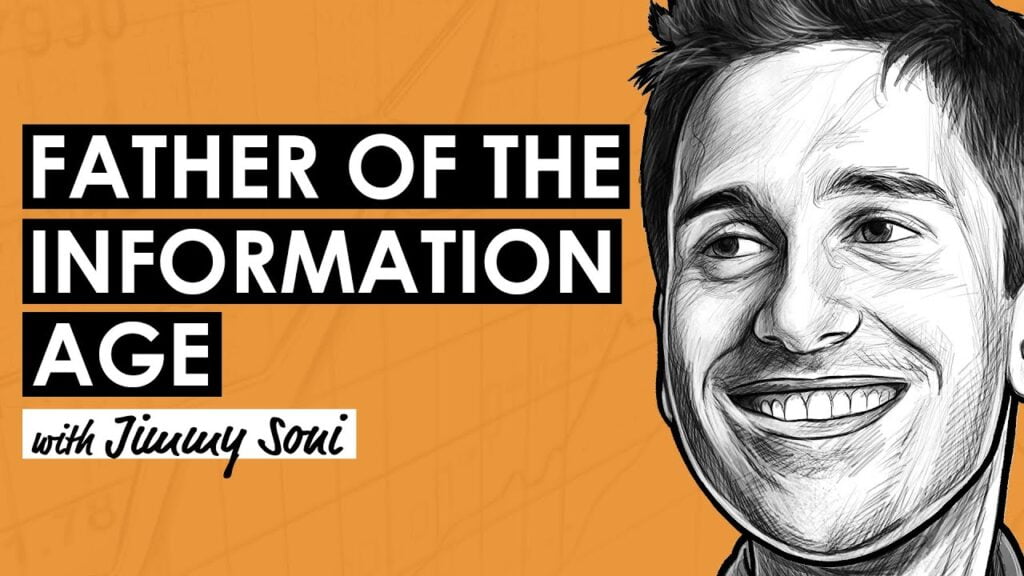Research Summary
The report discusses the development of Web3.0 in Hong Kong, focusing on the integration of virtual and real-world assets (RWAs) through blockchain technology and stablecoins. It highlights the potential of RWA tokenization in transforming the financial landscape and the need for a conducive regulatory environment. The report also emphasizes the importance of a robust infrastructure, including a public blockchain and a stablecoin, for the development of RWAs.
Key Takeaways
Web3.0 Development in Hong Kong
- Regulatory Milestone: The implementation of Hong Kong’s Virtual Asset Regulation on June 1, 2023, marked a significant milestone in the development of Web3.0 in Hong Kong. The Hong Kong Securities and Futures Commission also opened applications for virtual asset trading platform licenses, further propelling the development of the virtual asset industry.
- Challenges and Opportunities: Despite the regulatory focus on compliance and licensing, there is a need for a more expansive vision to create a compliant, rational, and friendly Web3 ecosystem. The report suggests that the next step for Hong Kong in Web3.0 development should focus on the deep integration of virtual and real-world assets (RWAs).
Tokenization of Real-World Assets (RWAs)
- Revolutionary Shift: The tokenization of RWAs, i.e., converting tangible or intangible assets into digital tokens, represents a revolutionary shift in the field of digital assets. It offers transparency, security, and increased liquidity through partial ownership, addressing the inefficiencies of traditional financial systems.
- Market Potential: Boston Consulting Group (BCG) predicted that the tokenization of real-world assets would reach $16 trillion by 2030. Citibank forecasted that by 2030, assets worth $4 trillion to $5 trillion would be tokenized, and blockchain-based trade finance transactions would reach $1 trillion.
Regulation and Infrastructure for RWAs
- Regulatory Framework: The healthy development of the RWA ecosystem requires reasonable regulation. The report proposes adopting the “RWA 2+4” framework, focusing on two types of tokens (security tokens and utility tokens) and four core elements (legal foundation, financial architecture, technical tools, and data-driven processes).
- Infrastructure Development: To promote the development of RWA tokenization in Hong Kong, a compliant and robust infrastructure, with blockchain technology at its core, is needed. This includes the establishment of a new public blockchain for RWAs in Hong Kong, complete with an embedded Know Your Customer (KYC) mechanism.
Role of Stablecoins in RWA Development
- Essential Infrastructure: The issuance of a stablecoin is another essential infrastructure that cannot be overlooked in RWA tokenization. The report urges Hong Kong to introduce a unified stablecoin, guided by a global plan and issued by licensed entities, to pave the way for further RWA development.
Actionable Insights
- Deep Integration of Virtual and Real-World Assets: Hong Kong should focus on the deep integration of virtual and real-world assets (RWAs) through blockchain technology and stablecoins. This approach will significantly facilitate the integration of the virtual economy with physical assets.
- Establishment of a Robust Infrastructure: To promote the development of RWA tokenization, Hong Kong needs to construct a compliant and robust infrastructure, with blockchain technology at its core. This includes the establishment of a new public blockchain for RWAs in Hong Kong, complete with an embedded Know Your Customer (KYC) mechanism.
- Issuance of a Unified Stablecoin: Hong Kong should introduce a unified stablecoin, guided by a global plan and issued by licensed entities, to pave the way for further RWA development.











